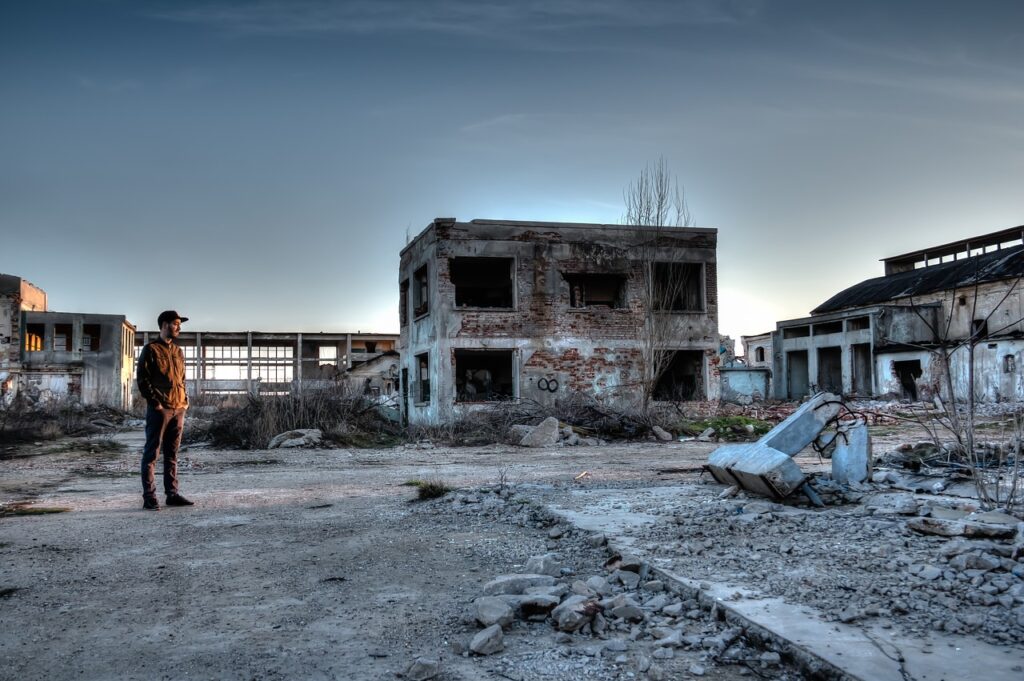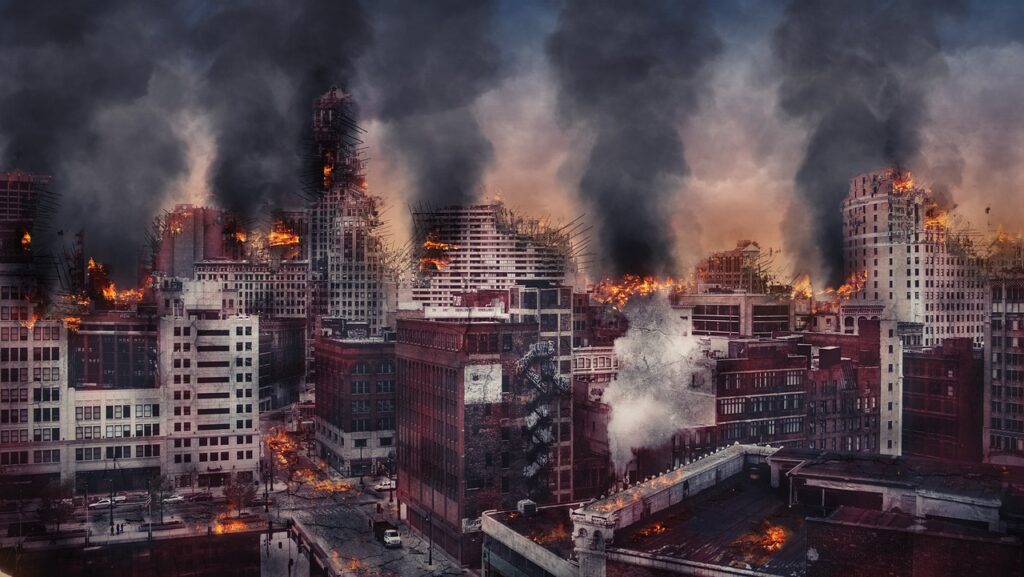Over the years, just like aviation, engineering has had its fair share of mishaps, learning, and refinement. Through this journey come errors and unpredicted failures in structures, leading to some catastrophic failures – some so brutal, their consequences have been felt for years. Today, we will explore some of history’s greatest engineering mishaps and the effects they had immediately and on the engineering sector as a whole:
1. Chernobyl, 1989: The nuclear catastrophe
It is impossible to look back in history and not talk about Chernobyl. An engineering tragedy so big its consequences are still felt to this day. On the 26th of April 1986, during an ill-fated safety test simulating a power outage, the Chernobyl nuclear power plant exploded. This set off a chain of events that would eventually lead to thousands of deaths over the years even though only 31 were directly attributed to the event. During testing of the RBMK-reactor, a major flaw in its design was neglected; it had a positive void coefficient. This meant that as the cooling water boiled off, creating bubbles, the reactor’s power output increased too. Workers had to add some control rods that had initially been taken out to control the reaction, but the rods then displaced the coolant (water) momentarily increasing the reaction rate in the core. This led to an uncontrollable power surge resulting in two explosions in succession. This led to the death of about 31 workers instantly and over the next few weeks, over 115000 people living in areas near the site were also evacuated by authorities. These explosions released radioactive material equivalent to 500 Hiroshima bombs into the environment and the event led to a lot of changes in both nuclear reactor designs and overall safety procedures and policies, serving as a reminder of the potential dangers associated with nuclear energy if safety precautions are ignored.

2. Tacoma Narrows Bridge, 1940: the swaying Giant
When you talk about disasters, everyone typically thinks of loss of lives. The Tacoma Bridge disaster didn’t involve human casualties, yet it’s one of the most studied engineering failures in history. Originally built in 1940, the Tacoma Bridge stretched from the city of Tacoma to the Kitsap Peninsula in Washington State. It was opened to the public on July 1, 1940, and shortly after it was noticed that it buckled and swayed noticeably in windy conditions. Four months later, it was hit by winds traveling at 42mph which caused it to sway dramatically, leading to its collapse. Fortunately, no lives were lost in the event other than a dog that got stranded in a car on the bridge. Further investigations found that the bridge collapsed because of a phenomenon known as “aeroelastic flutter”, a kind of resonance which wasn’t well known back then. It means the frequency of the winds simply matched the natural frequency of the bridge causing the oscillations of the bridge to grow larger and larger until it buckled and broke. This event was a turning point in engineering, providing valuable insights into the importance of considering all environmental factors and the dynamic forces that act on them over time.
3. South Fork Dam, 1889: Ignoring the Basics
Initially built in 1853, the South Fork Dam disaster is a clear example of what happens when proper engineering practices and maintenance are ignored. The dam meant to hold back Lake Conemaugh collapsed releasing over 20 million tonnes of water into Johnstown killing over 2,200 people in the process. The catastrophe was caused by negligent maintenance and modifications by a fishing and hunting club which lowered the dam to make way for a road, and also removed discharge pipes to prevent fish from escaping. This compromised the structural integrity of the dam which caused for its breach when heavy rains came. The other reason was inadequate spillways, which were insufficient and mostly blocked by debris. The disaster had a profound effect on the engineering process of dams, bringing into account things like regulatory oversight over structures like these preventing the public from making any kind of changes to them. It also highlighted the need for proper maintenance and design which led to better protocols for the entire process. Lastly, risk assessments became necessary considering worst-case scenarios and how they should be dealt with.

Artist’s conception of the South Fork Dam failing or giving way on the afternoon, about 3:15 pm, of May 31, 1889.
NPS/Harpers Ferry Center
4. Hyatt Regency Walkway Collapse: A lesson in communication and Ethics
Considered one of the worst civil engineering disasters in US history, the Hyatt Regency walkway disaster was nothing short of catastrophic. It all started during construction when the steel manufacturer proposed a switch in the design of the steel rods that were supposed to run from the second floor to the ceiling for support. The steel manufacturer thought the design was flawed as the steel rods would have to be screw-threaded to hold the fourth-floor walkway in place, so the contractor suggested using a set of rods that would connect the fourth-floor walkway to the ceiling, and a separate set that would connect the second floor to the fourth-floor walkway. This change doubled the load on the fourth-floor walkway connectors, and since there was a tea party in the atrium on the day of the event with people walking constantly on both walkways above, disaster was inevitable. The second and fourth-floor walkways collapsed into the atrium below, killing over 114 people and leaving about 200 more injured. The Hyatt Regency walkway collapse demonstrated what happens when the communication and approval process is not followed, as some of the modifications were later reported to have been confirmed over the phone rather than checking documentations and recalculating the designs. The disaster also served as a reminder on engineering ethics stressing that no matter what happens, engineers must always put the safety of the public first and should speak up if they see something that could jeopardize this. Lastly, the collapse led to changes in building code and regulations, particularly the importance of independent inspection during the construction phase to ensure structural integrity of structures.

